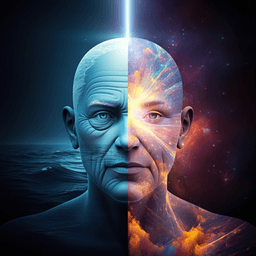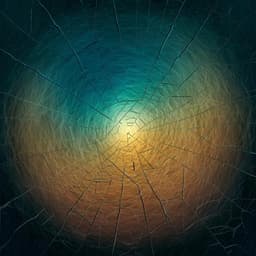
Psychology
Nature images are more visually engaging than urban images: evidence from neural oscillations in the brain
A. S. Mcdonnell, S. B. Lotemplio, et al.
This research was conducted by Amy S. McDonnell, Sara B. LoTemplio, Emily E. Scott, and David L. Strayer. EEG recordings showed that viewing nature images produced lower parietal alpha power—indicating greater effortless visual engagement—while participants rated nature as more restorative, supporting Attention Restoration Theory’s notion of 'soft fascination' that helps effortful attention recover.
~3 min • Beginner • English
Related Publications
Explore these studies to deepen your understanding of the subject.







